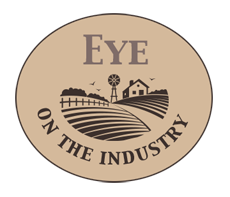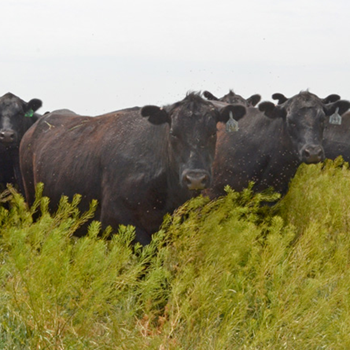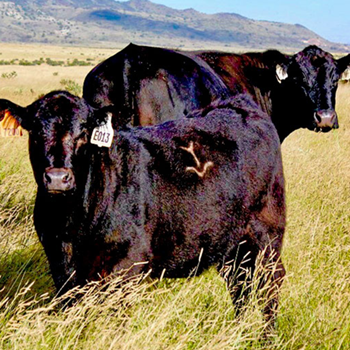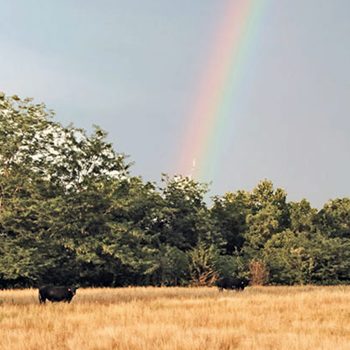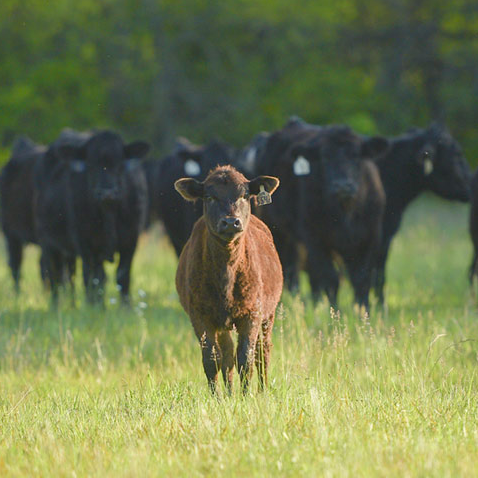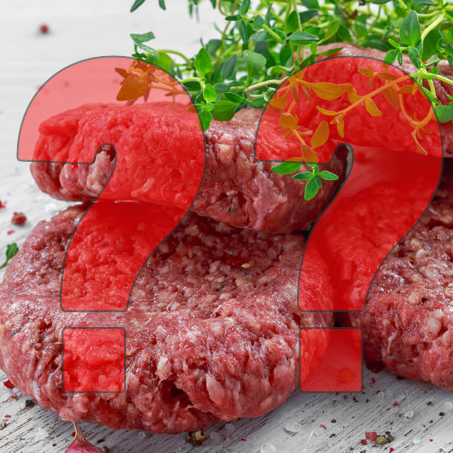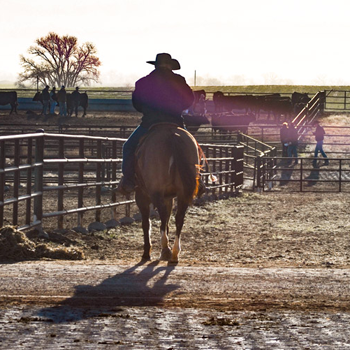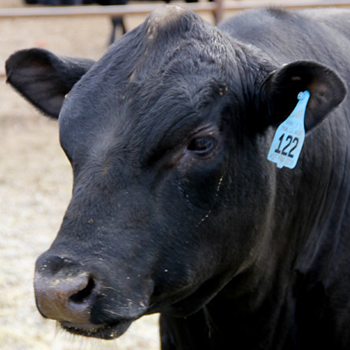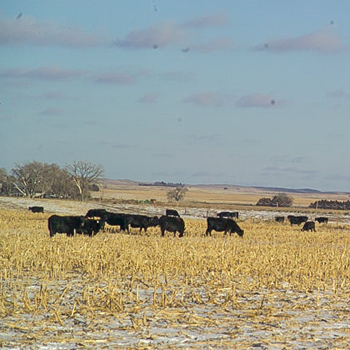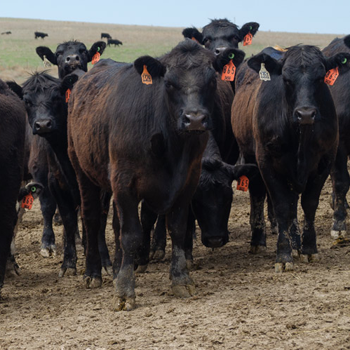Colostrum Alternatives
Tips given to tell whether a colostrum alternative is necessary.
Colostrum is crucial for a newborn calf, providing instant energy and temporary immunity to help the calf fight diseases it will soon encounter. Calves that don’t receive or absorb adequate levels of antibodies from colostrum are at greater risk for illness — up to six times greater risk of death in the first three months of life.
The best situation is for every calf to nurse its dam in a timely manner, preferably within the first two to four hours. If it is unable to suckle for some reason, then either assist it to nurse, provide colostrum from a bottle or via esophageal feeder or tube, or use a colostrum substitute.
Robert Callan, professor in the Department of Clinical Sciences at Colorado State University, says it’s best to use colostrum from the calf’s own mother. Next best is fresh or frozen colostrum from another cow in your herd.
“Be careful thawing frozen colostrum so you don’t destroy antibody proteins with hot temperatures. Place the package in a pan of warm water and add additional warm water periodically until thawed and warm enough for the calf,” he says, warning that thawing in a microwave is quicker but may destroy the antibodies.
Some people use fresh colostrum from a dairy, but it can contain pathogens that could be transmitted to the calf and to your herd, such as bovine leukemia virus (BLV), Johne’s disease, salmonella, Mycoplasma bovis and other mastitis pathogens. Bringing home colostrum from a dairy is just as risky as bringing in an animal from that dairy, he says. Biosecurity on your farm will be compromised.
Commercial products are handy, but they vary in the amount of immunoglobulin (IgG) they contain. Research shows that 130-200 grams of IgG is optimum, he says. Products with a greater amount of IgG cost more, but they are worth the extra cost.
 |
Ensure that calves vigorously nurse the dam within 1-2 hours of birth. If they do not, feed or tube them with 1 quart of high-quality colostrum from the dam, or frozen colostrum. |
There is some debate regarding colostrum replacement products made from blood plasma vs. the ones made from dried colostrum.
Callan says: “They both work, as long as they have adequate amount of IgG. There are differences in the type of immunoglobulin, but these are minor, and whether it’s a blood or milk-based product would not be a big factor in my choice of a specific product.”
If you have a thin, old cow or first-calf heifers that typically don’t have high-quality colostrum, you could check to see if their colostrum is adequate for their calves.
“Thick, dense colostrum is generally better quality than thin, watery colostrum, but you can’t always tell by looking at it. However, you can check it with a colostrometer or a Brix refractometer,” he says.
These can be purchased inexpensively — for about $20-$60 for a colostrometer and $100-$200 for a Brix refractometer, which is a little more accurate and only requires a drop of colostrum to measure the quality. A reading of 22% or higher indicates adequate immunoglobulin concentration in the colostrum, he explains.
“The cost of the colostrometer is cheaper than a bag of good-quality colostrum replacer and will pay for itself in its first use. This kind of testing is not foolproof, but gives reasonable estimate of colostrum quality. If it measures low, you could give that calf another source of colostrum,” Callan says.
Editor’s note: Heather Smith Thomas is a freelance writer from Salmon, Idaho.
